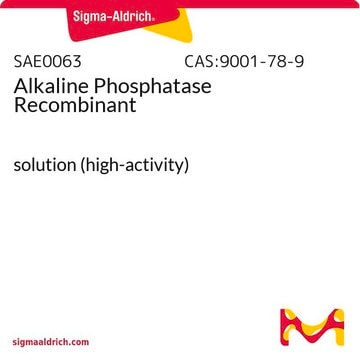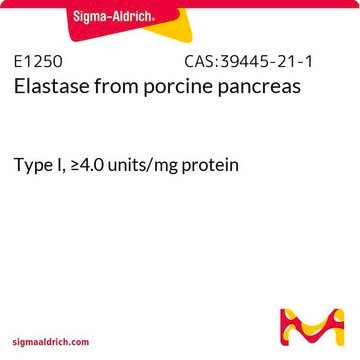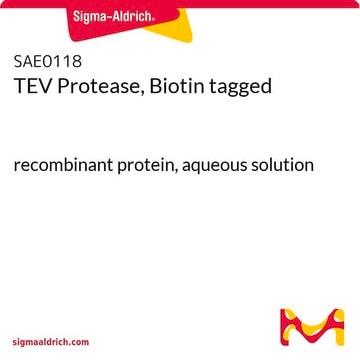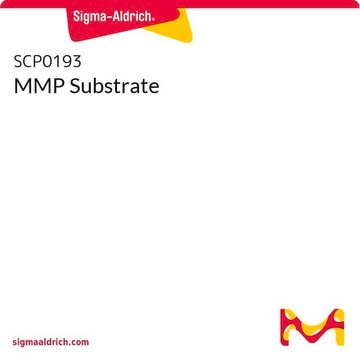C5108
Cathepsin G from human sputum
≥0.2 units/mg protein, salt-free, lyophilized powder
Sign Into View Organizational & Contract Pricing
All Photos(1)
About This Item
CAS Number:
MDL number:
UNSPSC Code:
12352200
NACRES:
NA.32
Recommended Products
biological source
human sputum
form
salt-free, lyophilized powder
specific activity
≥0.2 units/mg protein
UniProt accession no.
shipped in
wet ice
storage temp.
2-8°C
Gene Information
human ... CTSG(1511)
Biochem/physiol Actions
Cathepsin G has pro-apoptotic activity and can activate caspases in vitro.
Storage Class Code
13 - Non Combustible Solids
WGK
WGK 3
Flash Point(F)
Not applicable
Flash Point(C)
Not applicable
Choose from one of the most recent versions:
Already Own This Product?
Find documentation for the products that you have recently purchased in the Document Library.
Hitoshi Tsujimoto et al.
PloS one, 7(2), e29964-e29964 (2012-03-03)
Black flies (Diptera: Simuliidae) feed on blood, and are important vectors of Onchocerca volvulus, the etiolytic agent of River Blindness. Blood feeding depends on pharmacological properties of saliva, including anticoagulation, but the molecules responsible for this activity have not been
Ewa Gorodkiewicz et al.
Analytical biochemistry, 423(2), 218-223 (2012-03-01)
A specific surface plasmon resonance imaging (SPRI) array biosensor for the determination of the enzymatically active cathepsin G (CatG) has been developed. For this purpose, a specific interaction between an inhibitor immobilized onto a chip surface and CatG in an
Hsiang-Ruei Liao et al.
Biochemical pharmacology, 84(2), 182-191 (2012-04-10)
Respiratory burst mediates crucial bactericidal mechanism in neutrophils. However, undesirable respiratory burst leads to pathological inflammation and tissue damage. This study investigates the effect and the underlying mechanism of 5-hydroxy-7-methoxyflavone (MCL-1), a lignan extracted from the leaves of Muntingia calabura
Dawid Dębowski et al.
Peptides, 35(2), 276-284 (2012-04-21)
A series of linear and cyclic fragments and analogs of two peptides (OGTI and HV-BBI) isolated from skin secretions of frogs were synthesized by the solid-phase method. Their inhibitory activity against several serine proteinases: bovine β-trypsin, bovine α-chymotypsin, human leukocyte
Alice V Dubois et al.
American journal of respiratory cell and molecular biology, 47(1), 80-86 (2012-02-22)
Uncontrolled proteolysis by neutrophil serine proteases (NSPs) in lung secretions is a hallmark of cystic fibrosis (CF). We have shown that the active neutrophil elastase, protease 3, and cathepsin G in CF sputum resist inhibition in part by exogenous protease
Our team of scientists has experience in all areas of research including Life Science, Material Science, Chemical Synthesis, Chromatography, Analytical and many others.
Contact Technical Service








